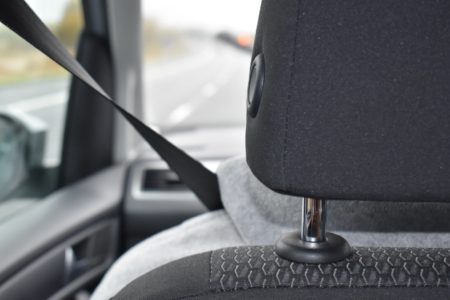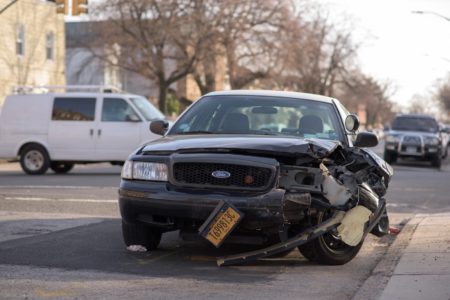By Stephanie
Whenever people are asked to name the common impairments most associated with driving, they mention alcohol and drugs and just stop there. What many people don’t realize is that drowsy driving is an impairment that is just as important. Despite popular belief, drowsy driving is just as dangerous as drunk driving because it impairs our cognitive abilities in a very similar way. Yes, the risks and impairments are different with drowsy driving, but regardless, they are still impairments.
The reason why we don’t often hear about incidents caused by drowsy driving is because there is currently no test used to determine drowsiness like there is a Breathalyzer to determine alcohol level. Consequently, officers have difficulty identifying drowsiness or fatigue as the main cause of the accident due to this lack of standardized test. Whether or not we are able to easily identify drowsiness as a cause, the reality is its incredibly dangerous and have cost many people their lives.
Teens, adults with children, and shift workers are highest risk for driving drowsy.
These groups of people tend to get the least sleep. Shift workers have an altered schedule that works against their biological clock. The average adult needs approximately 8 hours a sleep a night, but many only get about 6 hours per night. Even though we may think that we are able to function with 6 hours of sleep, drowsiness impacts certain abilities that are essential for driving. For example, when fatigued, our ability to observe details and make decisions are impaired. It also increases the chance of falling asleep in front of the wheel. When driving, we must be alert and focused at all times; when fatigued or drowsy the mind becomes foggy.
Most people overlook the dangers of drowsy driving because they’re just “always tired”. But, if you notice the signs of drowsy driving early, there are ways that collisions can be avoided. For example, if you feel your eyelids begin to droop or feel your head start to nod, you shouldn’t be behind the wheel. Also, constant yawning and blinking are also signs you need stop and rest.
If you’re ever feeling drowsy on the road, don’t try and push through it. That will only make things worse. The best way to revive yourself and safely continue driving is to pull over, drink some caffeine, and then take a 20-minute nap. After you have done these three things, only continue to drive if you feel safe to do so. Majority of car crashes are avoidable, start by noticing the signs first and then taking the actions to prevent them.




